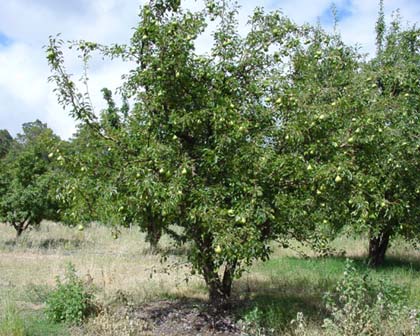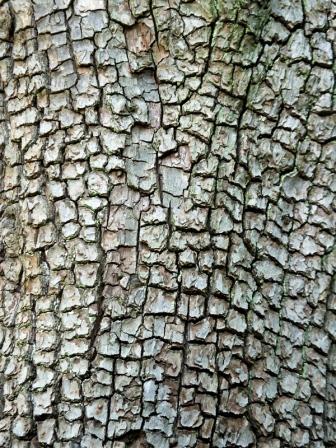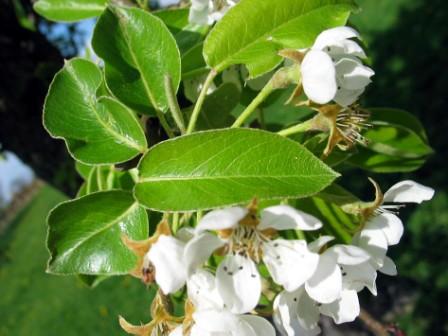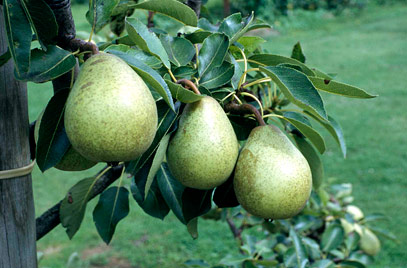





Armenia, Azerbaijan, Georgia, Greece, Iran, Russian Federation, Turkey
Pest and disease : 1. When trees are planted too deep in the soil they may die of crown rot (Phytophthora spp.) Seedlings may be subject to powdery mildew, caused by Podosphaera leucotricha and by root rots. 2.Experienced growers usually spray antibiotic fireblight materials (Streptomycin, Terramycin, or copper) during the bloom period. 3. Antibiotic sprays for fireblight should be made at time of bloom and continued in April and May and after harvest. 4. Frequent removal of diseased (blighted) limbs as soon as symptoms appear to control fireblight is necessary most years Pruning: which should mainly be done in December to February, should be light and just enough to develop a strong tree that is able to handle the weight of the fruits. When a one-year-old tree is first planted, it should be cut back to 1 or 1.2 m high and all side branches should be removed. Thinning : The best thinning usually requires two times to effectively leave no more than one fruit per spur, and if spurs are close together well thinned fruit are spaced 10 to 15 cm apart. Thinning up to 30 days before harvest can benefit size, but early thinning is essential for annual bearing and good fruit sizes. Crop loads of 200 to 400 fruit per tree are common on 8- to 10-year-old trees.
For proper growth and survival it is necessary to give one or two waterings after planting. This is specifically required in arid regions. Irrigation after planting is not a prerequisite in areas having sufficient soil moisture and precipitation. Higher survival rate and better rate of growth is reported when soil and water conservation measures are also adopted
Food:
Other products: In Europe, the alcoholic cider "Perry" is made from the pear.